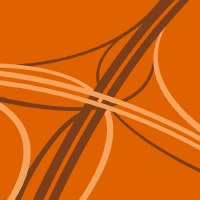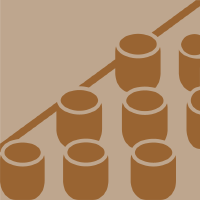Topic Editors


Sustainable Materials and Resilient Structures: Interdisciplinary Approaches

Image courtesy of Dr. Anderson Chu, Columbia University
Topic Information
Dear Colleagues,
The world faces significant challenges concerning climate change and resilience to natural hazards. In response, the construction industry has shifted towards sustainability and resilience, leading to various innovations and breakthroughs. This topic aims to solicit recent advances in developing sustainable materials and resilient structures, from the material to the structural level. Authors are cordially invited to present novel solutions to these challenges. Potential areas of focus include novel cement production, innovative usage, decarbonization, climate adaptation, fiber-reinforced composites, structural design, robust structures, advanced construction, multi-hazard mitigation, service life, and smart technologies integration. Emphasis should be on practical applicability, considering the evolving needs of resilient infrastructure construction and the United Nations sustainable development goals (SDGs).
Dr. Anderson Chu
Prof. Dr. Adil Tamimi
Topic Editors
Dr. Haodao Li
Dr. Yucun Gu
Dr. Baoquan Cheng
Co-Topic Editors
Keywords
- sustainability
- resilience
- materials
- structures
- infrastructure
Participating Journals
| Journal Name | Impact Factor | CiteScore | Launched Year | First Decision (median) | APC | |
|---|---|---|---|---|---|---|

Buildings
|
3.1 | 3.4 | 2011 | 15.3 Days | CHF 2600 | Submit |

CivilEng
|
- | 2.8 | 2020 | 24.4 Days | CHF 1200 | Submit |

Construction Materials
|
- | - | 2021 | 20.8 Days | CHF 1000 | Submit |

Infrastructures
|
2.7 | 5.2 | 2016 | 17.8 Days | CHF 1800 | Submit |

Materials
|
3.1 | 5.8 | 2008 | 13.9 Days | CHF 2600 | Submit |

MDPI Topics is cooperating with Preprints.org and has built a direct connection between MDPI journals and Preprints.org. Authors are encouraged to enjoy the benefits by posting a preprint at Preprints.org prior to publication:
- Immediately share your ideas ahead of publication and establish your research priority;
- Protect your idea from being stolen with this time-stamped preprint article;
- Enhance the exposure and impact of your research;
- Receive feedback from your peers in advance;
- Have it indexed in Web of Science (Preprint Citation Index), Google Scholar, Crossref, SHARE, PrePubMed, Scilit and Europe PMC.




